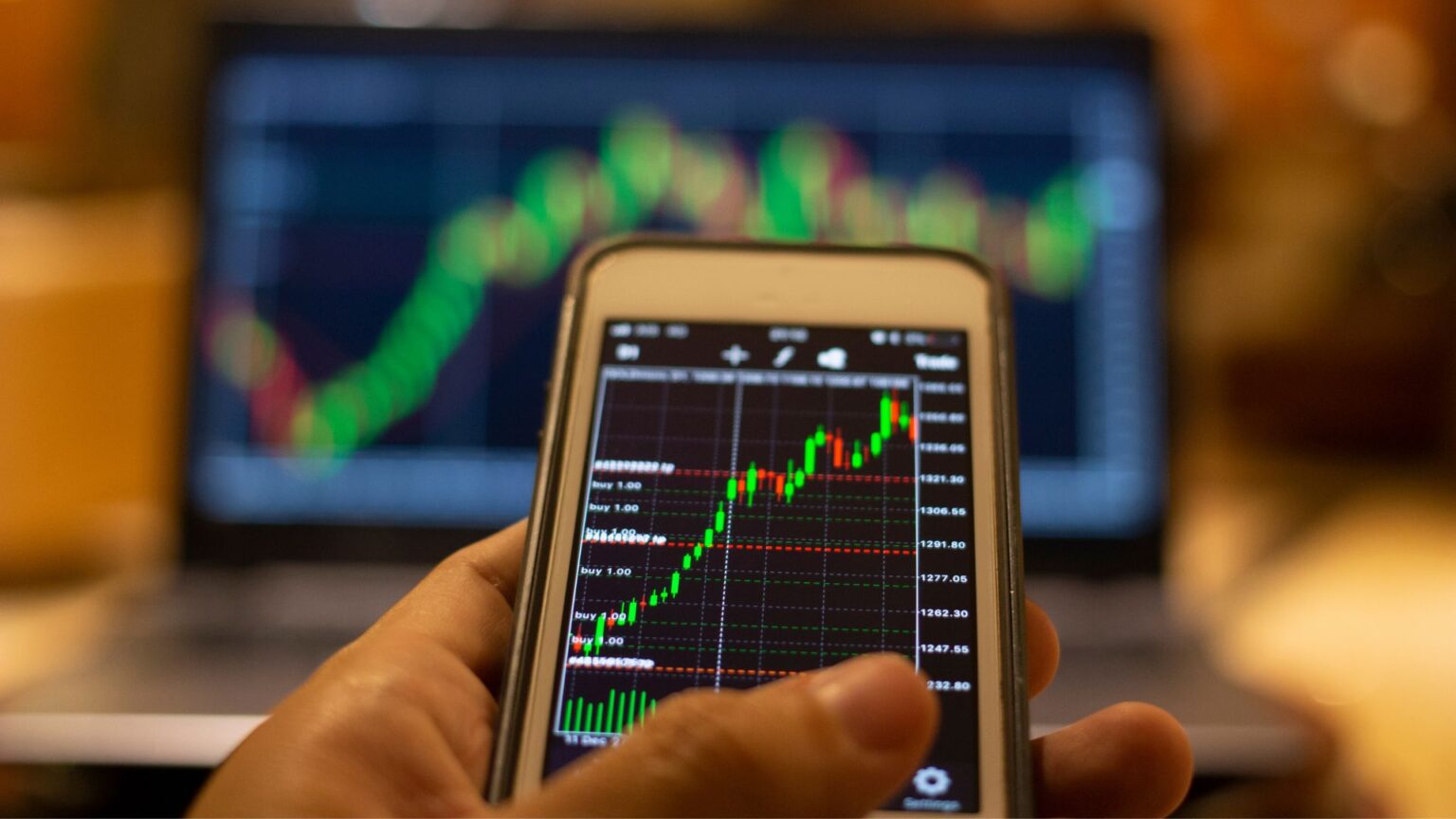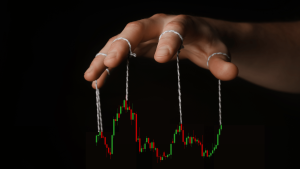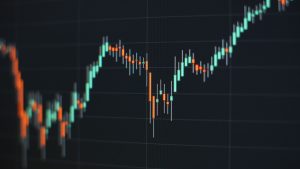The world of forex trading can seem complex, especially when you’re just starting out. One of the most important concepts you’ll encounter is the “pip.” But what exactly is a pip, and why does the forex market trade in pips? In this blog post, we’ll break down this concept in simple terms, making it easy for beginners to understand.
What Is a Pip?
A pip, short for “percentage in point” or “price interest point,” is the smallest price move that an exchange rate can make in the forex market. It’s a standardized unit that helps traders measure changes in currency pairs.
In most currency pairs, a pip is the fourth decimal place. For example, if the EUR/USD currency pair moves from 1.2000 to 1.2001, that’s a change of 1 pip. However, in pairs that involve the Japanese yen (JPY), a pip is typically the second decimal place. So, if USD/JPY moves from 110.00 to 110.01, that’s also a change of 1 pip.
Why Does the Forex Market Use Pips?
The forex market trades in pips because it provides a simple and standardized way to measure and communicate changes in exchange rates. Here are a few reasons why pips are essential in forex trading:
1. Standardization Across Currency Pairs
Forex trading involves multiple currency pairs, each with different values and exchange rates. Pips standardize the measurement of price movements across these pairs, making it easier for traders to compare and understand the impact of market changes.
For example, if you know that a currency pair moved by 50 pips, you can understand the magnitude of that move without needing to know the exact exchange rate.
2. Simplifying Calculations
Using pips simplifies calculations for profit, loss, and risk management. Instead of dealing with small decimal places and varying currency values, traders can easily calculate their gains or losses in terms of pips.
For instance, if you bought EUR/USD at 1.2000 and sold it at 1.2020, you made a 20-pip profit. This straightforward calculation helps traders quickly assess their performance.
3. Precision in Trading
Forex markets operate on very small price movements, often fractions of a cent. Pips allow traders to measure these small movements precisely. This precision is crucial because even minor changes can have a significant impact when trading large volumes.
4. Facilitating Communication Among Traders
The concept of pips is universally understood in the forex market, making it easier for traders, brokers, and analysts to communicate. Whether you’re reading market reports, discussing strategies with other traders, or placing trades, everyone uses pips to describe price movements.
How to Calculate Pips in Forex Trading
Understanding how to calculate pips is essential for forex traders. Here’s a basic formula:
For Most Currency Pairs:
- Pip Value = (0.0001 / Exchange Rate) * Trade Size
For Pairs Involving JPY:
- Pip Value = (0.01 / Exchange Rate) * Trade Size
For example, if you’re trading EUR/USD with a trade size of 100,000 units and the exchange rate is 1.2000, the pip value would be:
Pip Value = (0.0001 / 1.2000) * 100,000 = $8.33 per pip
This means that for every pip the price moves, you gain or lose $8.33.
Conclusion
Pips are a fundamental part of forex trading, providing a standardized, precise, and universally understood way to measure and communicate price movements. By understanding what pips are and how they work, you’ll be better equipped to navigate the forex market and make informed trading decisions.
Whether you’re calculating potential profits, managing your risk, or simply analyzing the market, the concept of pips will be a constant companion in your trading journey.
🚀 Ready to dive deeper into forex trading? Join the EPIQ Trading Floor today and gain access to expert-led training, real-time signals, and a community of like-minded traders. Start your 3-day risk-free trial now! Click here to get started.
Disclaimer: All content provided in this blog is for informational purposes only and should not be considered financial advice. Always do your own research before making any investment decisions.










Responses